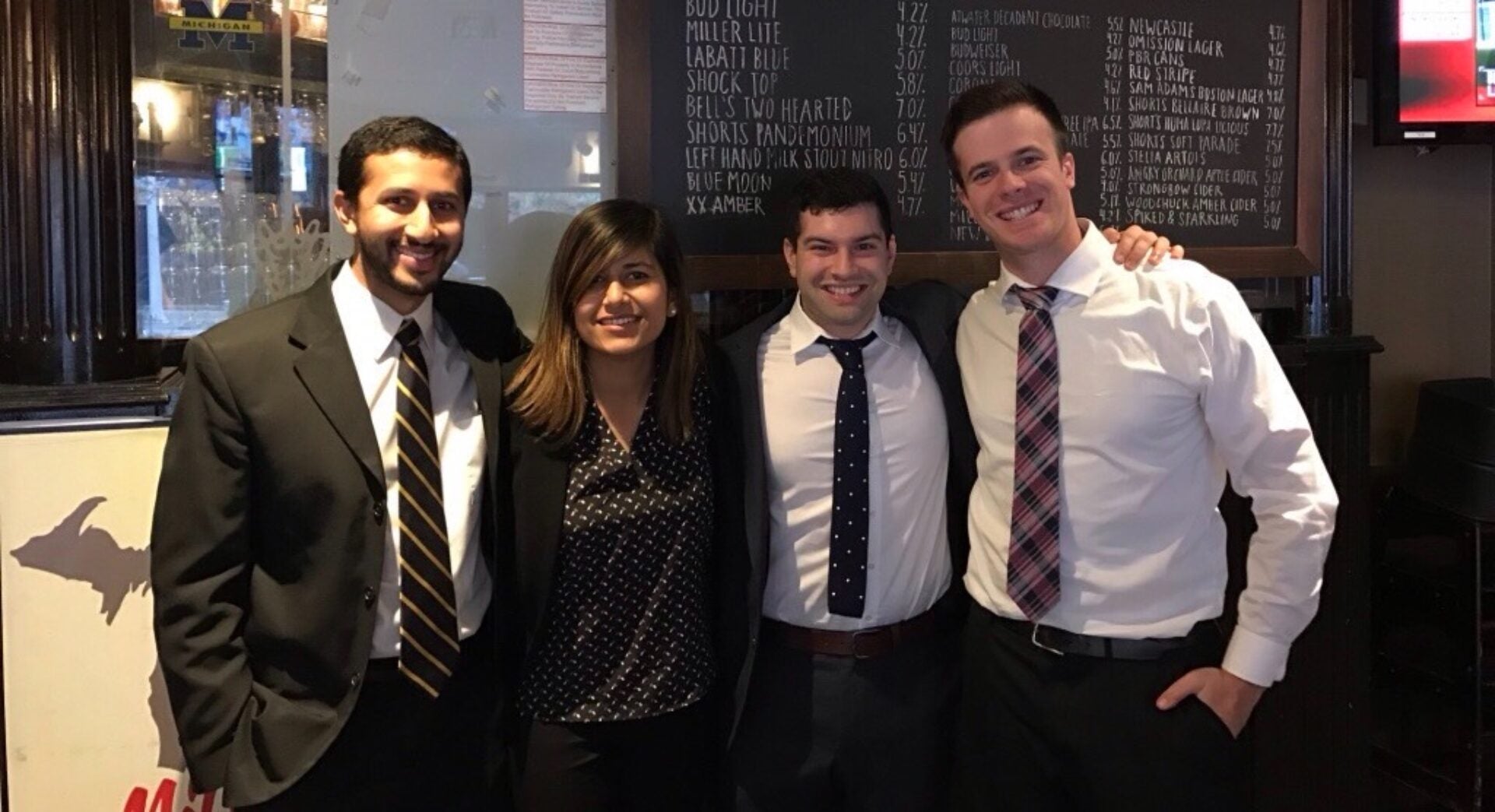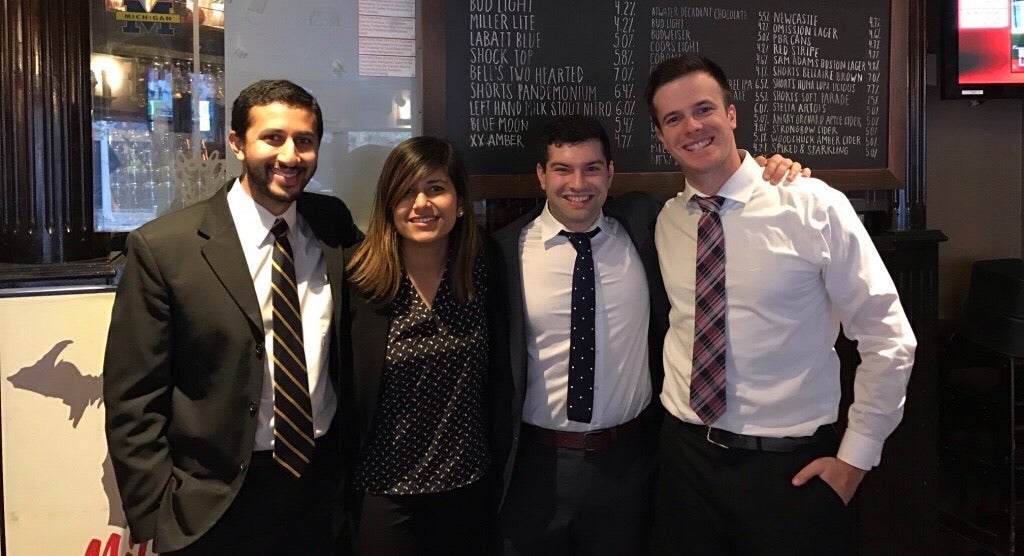
Wharton Students Push Renewable Resources at Business Case Competition

One of the effects of the clean energy renaissance has been to highlight the ways in which traditional utility regulations can create barriers to the growth of renewable energy. For example, utilities are incentivized, through a low-risk process known as rate-basing, to invest in large capital projects (such as new power lines, or power plants in regions where traditional vertically integrated utilities operate). Meanwhile, the old paradigm of hub-and-spoke grid infrastructure leads to problems like congestion and transmission line losses, challenges that distributed renewables could address. In other words, distributed renewables benefit the grid that utilities are charged with running – but due to regulation, utilities are not incentivized to invest in them.
A few states have pioneered regulation to solve paradoxes like this one. In particular, New York’s Renewing the Energy Vision (NYREV) paradigm encourages utilities to invest in distributed renewable energy projects, and includes provisions to improve the economics of distributed energy resources.
The Michigan Ross School of Business themed its December 2016 Case Competition around NYREV, tasking entrants to come up with a clean energy business model that takes advantage of the new regulations in New York. Sana Samnani (MBA ’18), Scott Huffman (MBA ’17), Alex Bolano (MBA ’17), and Aroon Vijaykar (MBA ’17) represented the Wharton Energy Club in the competition and received funding from the Kleinman Center for Energy Policy at Penn.
Their business model was designed to enable greater residential solar penetration in New York City under NYREV. The Wharton group envisioned an online marketplace that would enable apartment dwellers, who don’t own their rooftops, to lease space on the roofs of New York City homeowners for solar projects and in their basements for batteries. In essence, the online marketplace would not only increase use of renewable energy but also create a community of neighbors who could invest in renewable projects together. In December, the team traveled to Ann Arbor to present their idea. As one of 16 finalists, the team pitched the idea to renewable energy experts and received feedback on their business model.
The group’s idea took advantage of the recent trends toward connecting people without access to solar to those who do have access, through digital means and for the greater good of the community. However, the team learned that while there are many possible ways to earn NYREV incentives, businesses will need economies of scale in markets that are less incentivized than New York City under NYREV. Additionally, as the market becomes more saturated with residential and community solar players, new market entrants will need to carve out niches that are economically viable and underserved.
The opportunity to create an original business idea and then to pitch it to industry experts acting as venture capital investors was an invaluable experience. The case competition allowed the team to learn more about recent state-led incentives for renewables in the heavily regulated utilities industry, and to take an entrepreneurial approach to problem-solving. The group developed an investor pitch deck with an underlying financial model to support the pitch.
First-year student Sana Samnani found the experience incredibly helpful: “The case competition was the highlight of my first semester at Wharton. I would recommend getting involved in case competitions to every first-year MBA student,” she said.
“In my opinion, it is truly the best way to start researching and getting to know people in your industry of interest.”
